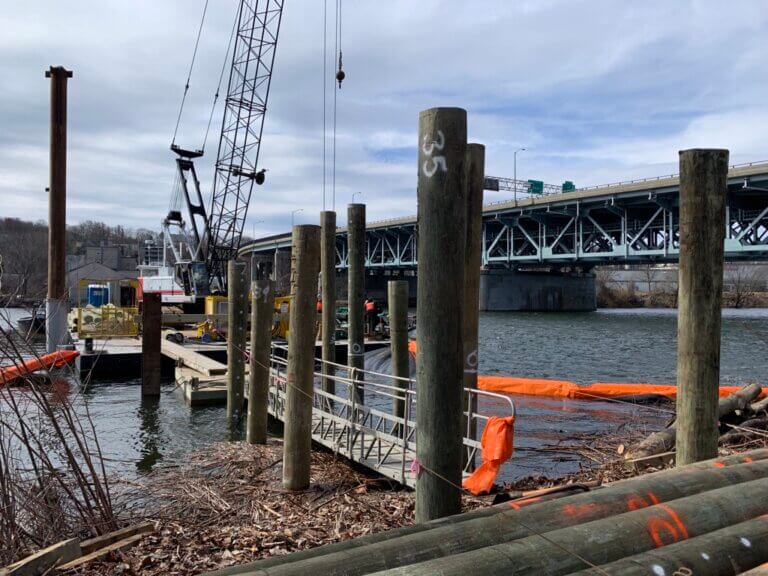
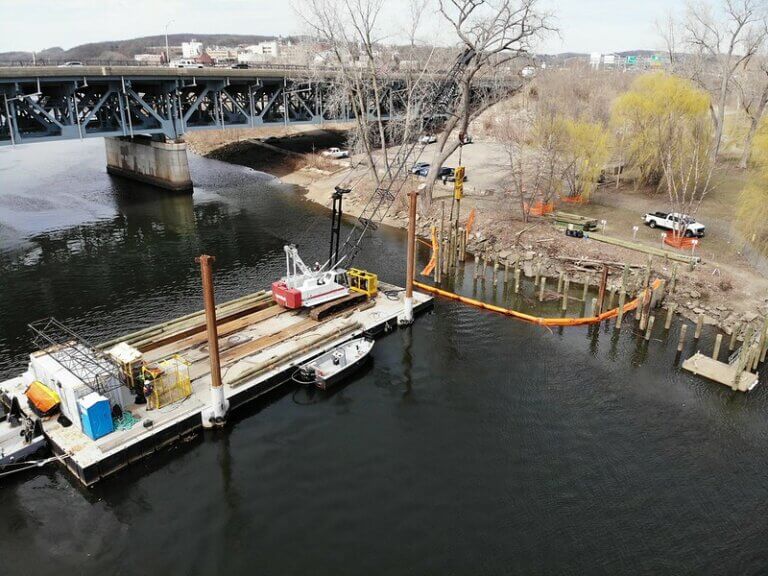
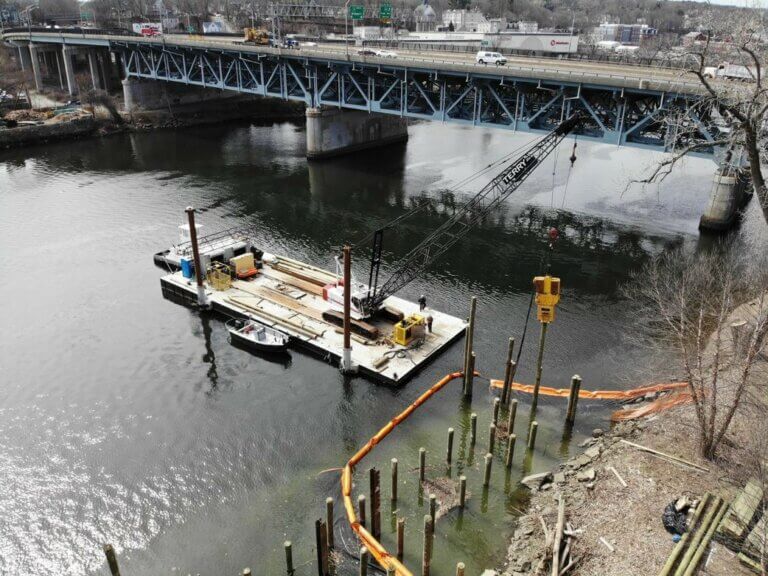
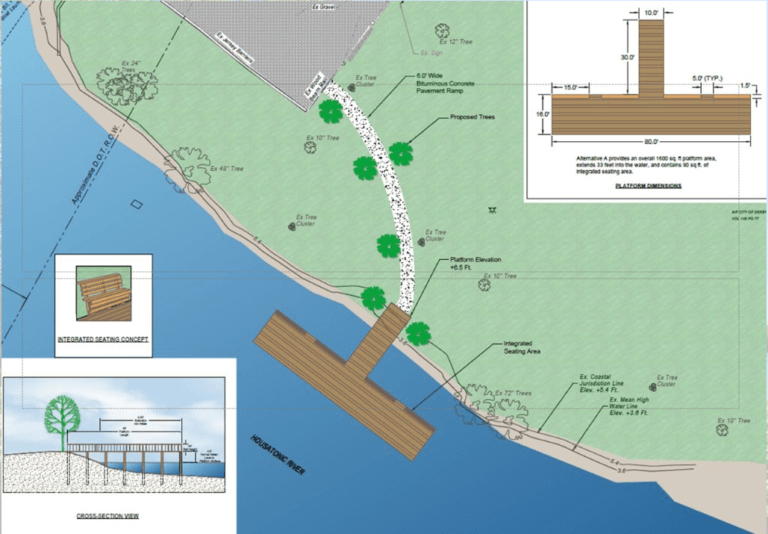
O’Sullivan’s Island is a peninsula at the confluence of the Housatonic and Naugatuck Rivers under the Route 8 bridge that connects Derby and Shelton. NVCOG has assisted with several projects that make the site an asset for the region.
Even with vehicles going over the peninsula on Route 8 and trains passing nearby, the site offers a peaceful spot for people to enjoy the riverfront. O’Sullivan’s Island is among the lower Naugatuck Valley’s most interesting and naturally beautiful land. It is also one of the most challenging brownfield locations NVCOG has had the opportunity to improve.
On July 13, 2023, NVCOG joined Derby Mayor Richard Dziekan; Rick Jacobson; Assistant Regional Director, U.S. Fish and Wildlife Service, and Deputy Commissioner Mason Trumble; Connecticut Department of Energy & Environmental Protection, to celebrate the opening of the handicapped-accessible fishing and viewing platform. The platform is 80 feet across, 16 feet wide, and will extend 30 feet into the river. The Pier will expand recreational opportunities along the river, supplemented by traffic from the nearby Naugatuck River Greenway Trail.
Funding for the fishing pier was secured from several state and federal partners; including a $200,000 grant from the state Department of Economic and Community Development for site assessments and soil remediation; a $325,000 grant from the U.S. Fish and Wildlife Service, and an additional $204,252 from the state Department of Energy and Environmental Protection’s Federal Sport Fish Restoration program.
Progression of Construction
Work to make O’Sullivan’s Island started well before the fishing pier project. NVCOG Executive Director Rick Dunne, Environmental Planner Arthur Bogen, and Brownfields Manager Ricardo Rodriguez orchestrated funding and helped the City of Derby with work that transformed the site. That included getting a $200,000 grant from the Connecticut Department of Economic and Community Development for Phase I and Phase II Environmental Site Assessments. Those assessments are complete, and monitoring of the site is ongoing.
O’Sullivan’s Island Recreation Park reopened to the public in 2009 after being closed for over twenty years. In 2013, the City of Derby completed its portion of the Naugatuck River Greenway trail that runs across the site’s northern edge.
NVCOG managed grant funding, and HRP Associates completed the construction of the platform.
Project Documents
Legal Notice – O’Sullivan’s Island Fishing and Viewing Platform Information for Bid (IFB)
O’Sullivan Island Fishing and Viewing Platform – Project Manual
O’Sullivan’s Island Fishing and Viewing Platform – Plan Set
O’Sullivan Island Fishing & Viewing Platform Addendum 1

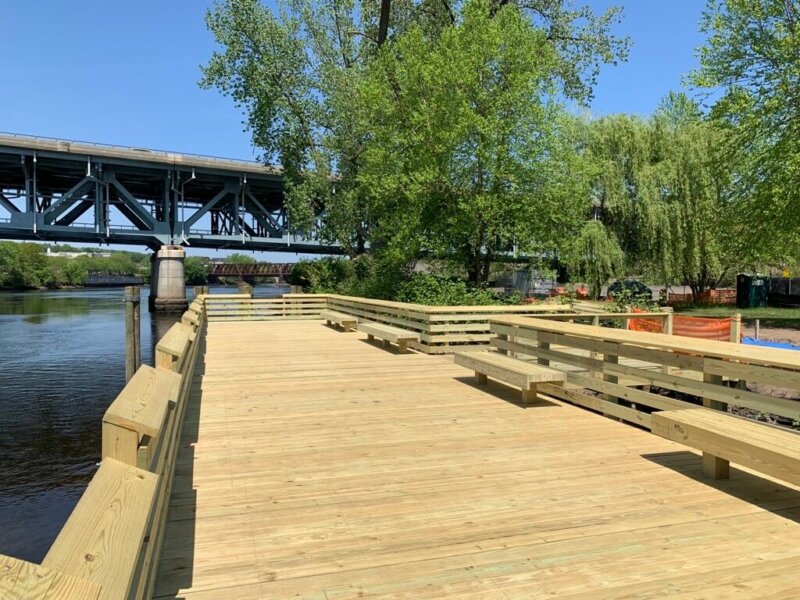
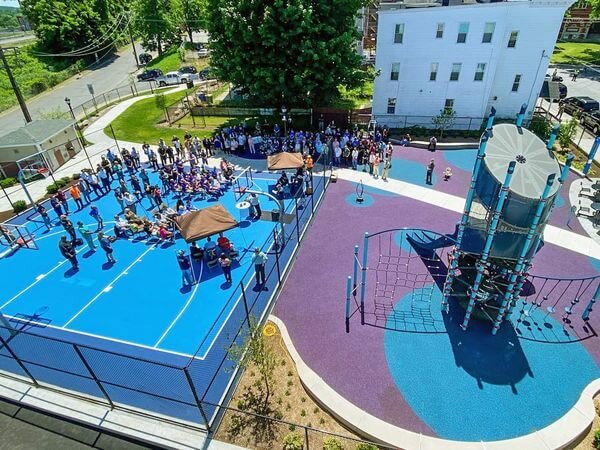
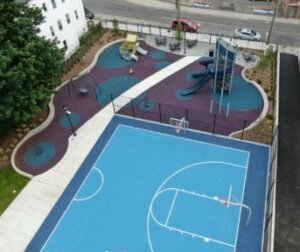
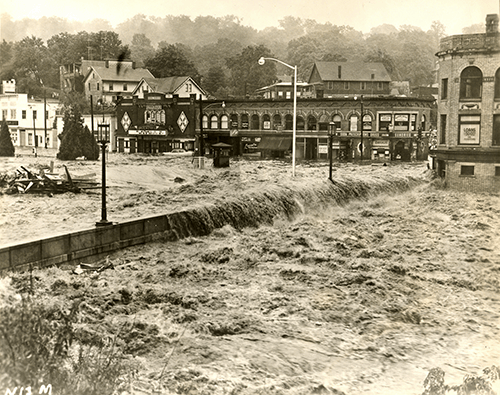
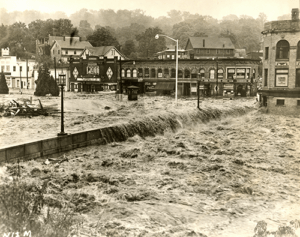
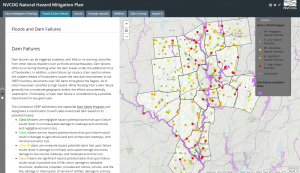
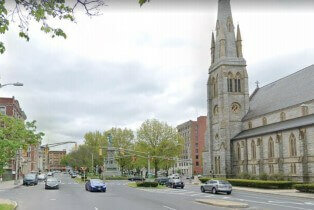

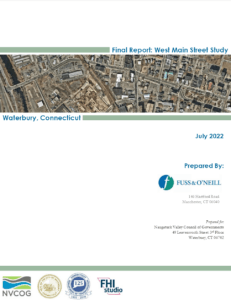
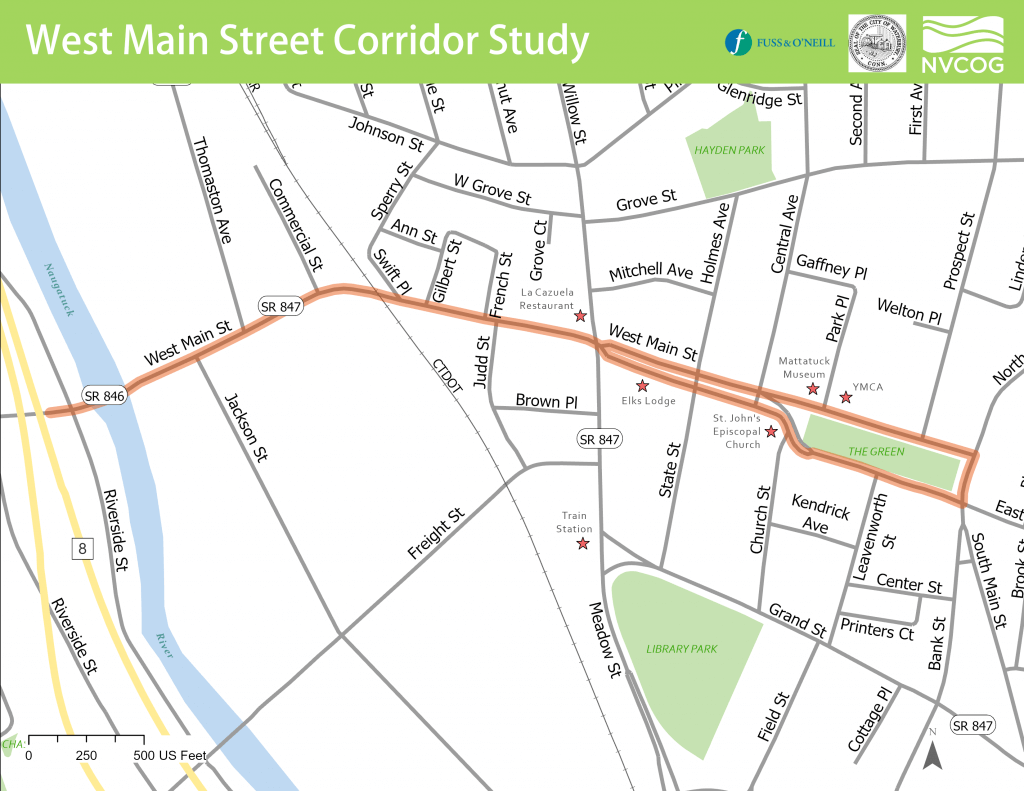
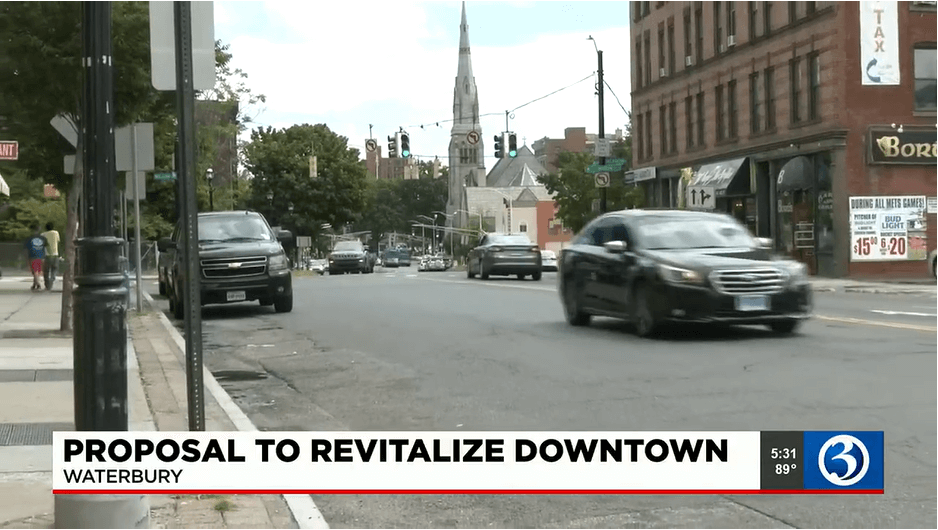
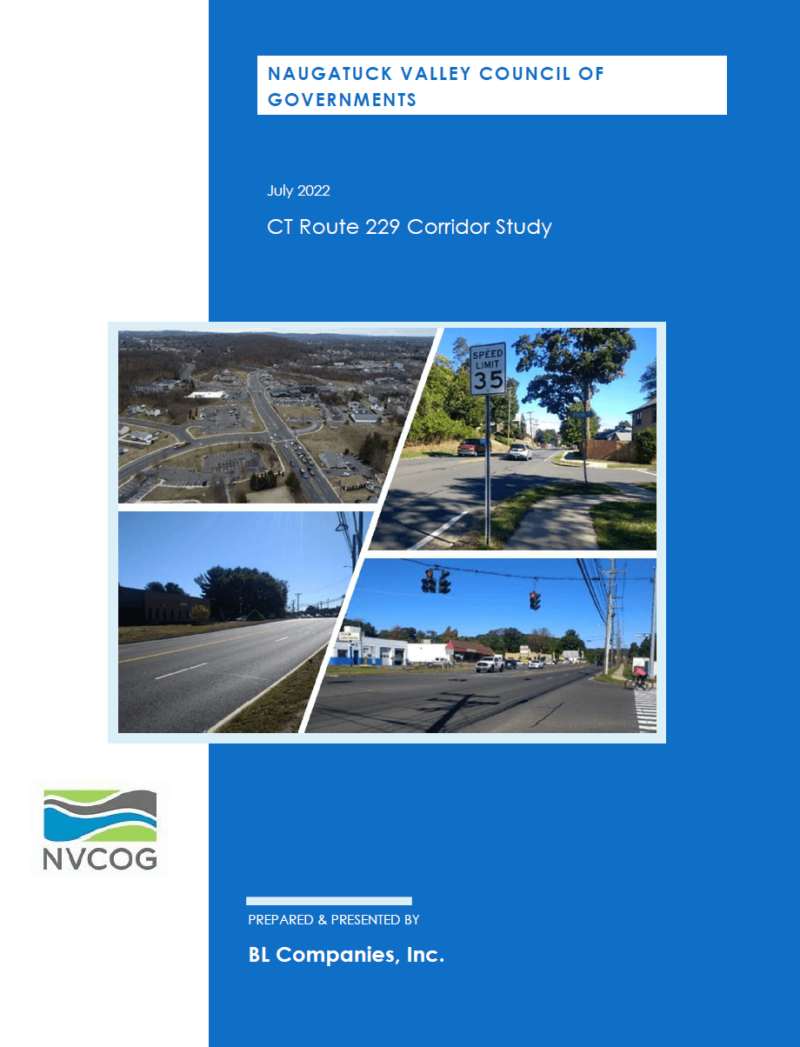
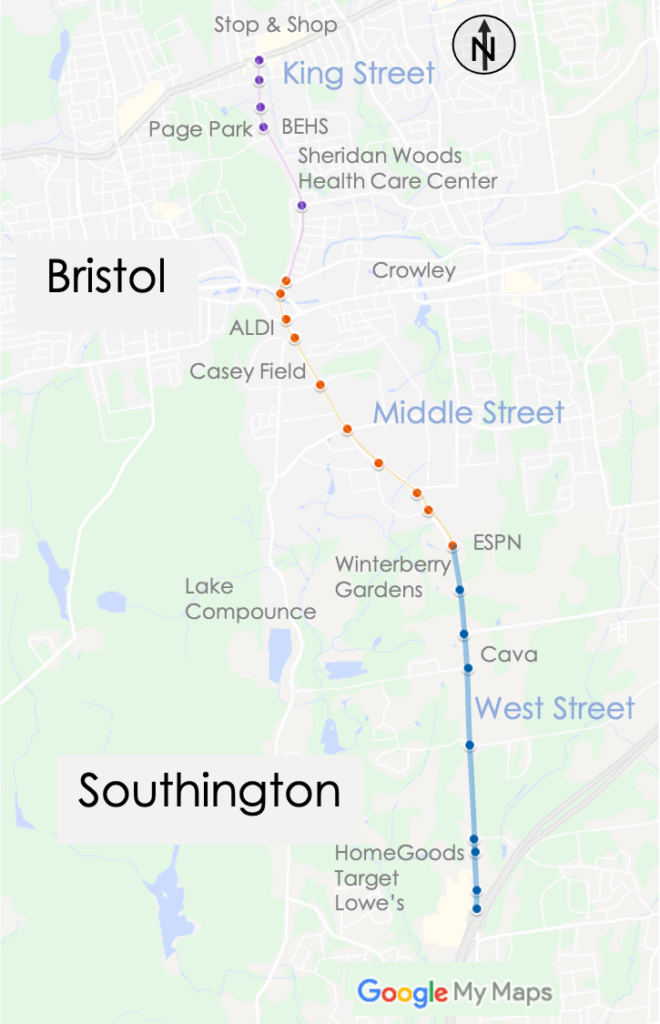

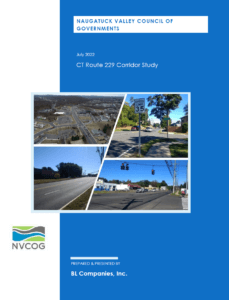
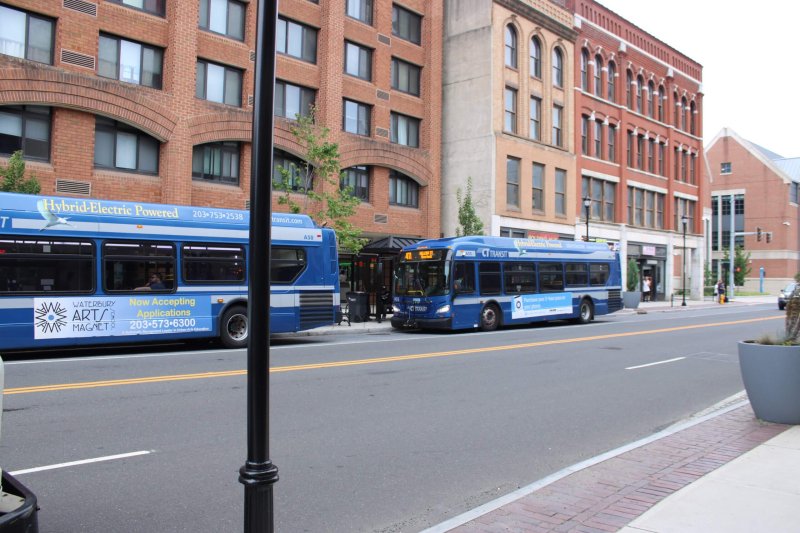
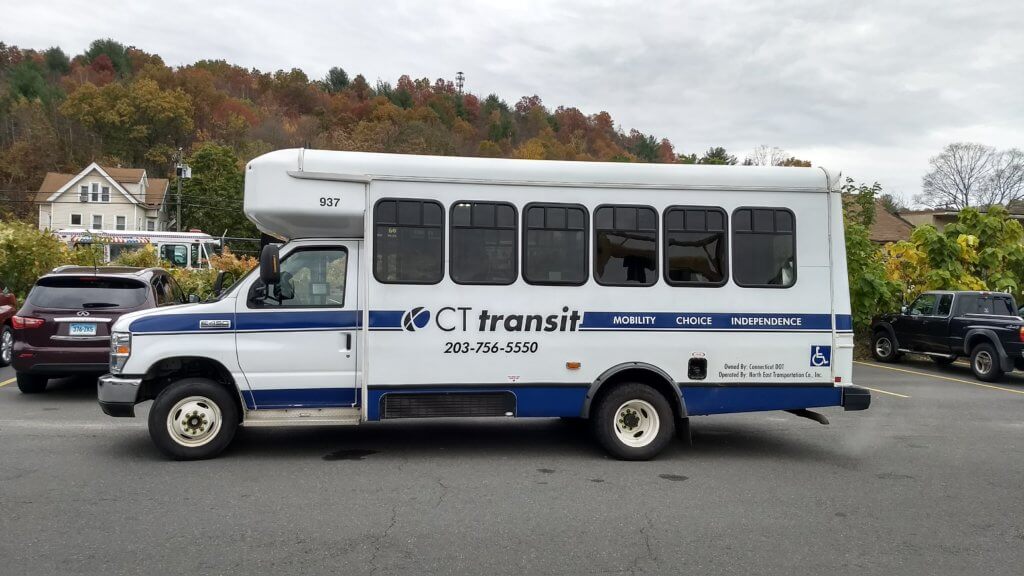
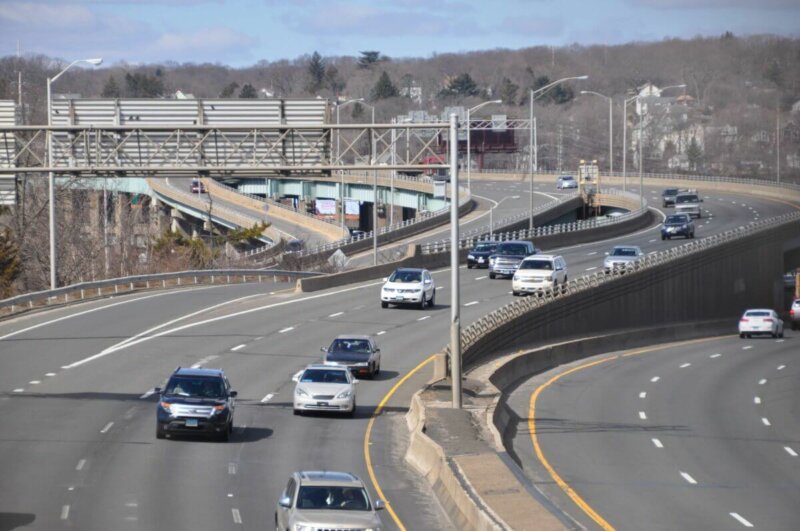
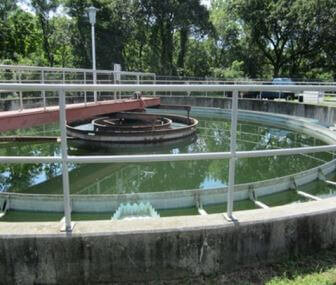
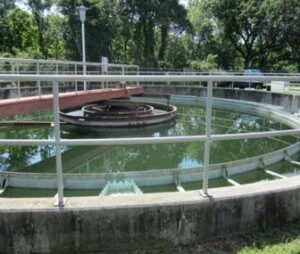 The state Office of Policy and Management (OPM) has authorized $1.35 million for NVCOG to conduct a regional wastewater treatment consolidation study. The study, which began in April 2018, will provide a preliminary analysis to help determine the region’s ability to increase capacity for properly treating wastewater in a consolidated facility or facilities, thereby leading to a reduction in long-term state and local capital improvements and a reduction of user fees.
The state Office of Policy and Management (OPM) has authorized $1.35 million for NVCOG to conduct a regional wastewater treatment consolidation study. The study, which began in April 2018, will provide a preliminary analysis to help determine the region’s ability to increase capacity for properly treating wastewater in a consolidated facility or facilities, thereby leading to a reduction in long-term state and local capital improvements and a reduction of user fees.

